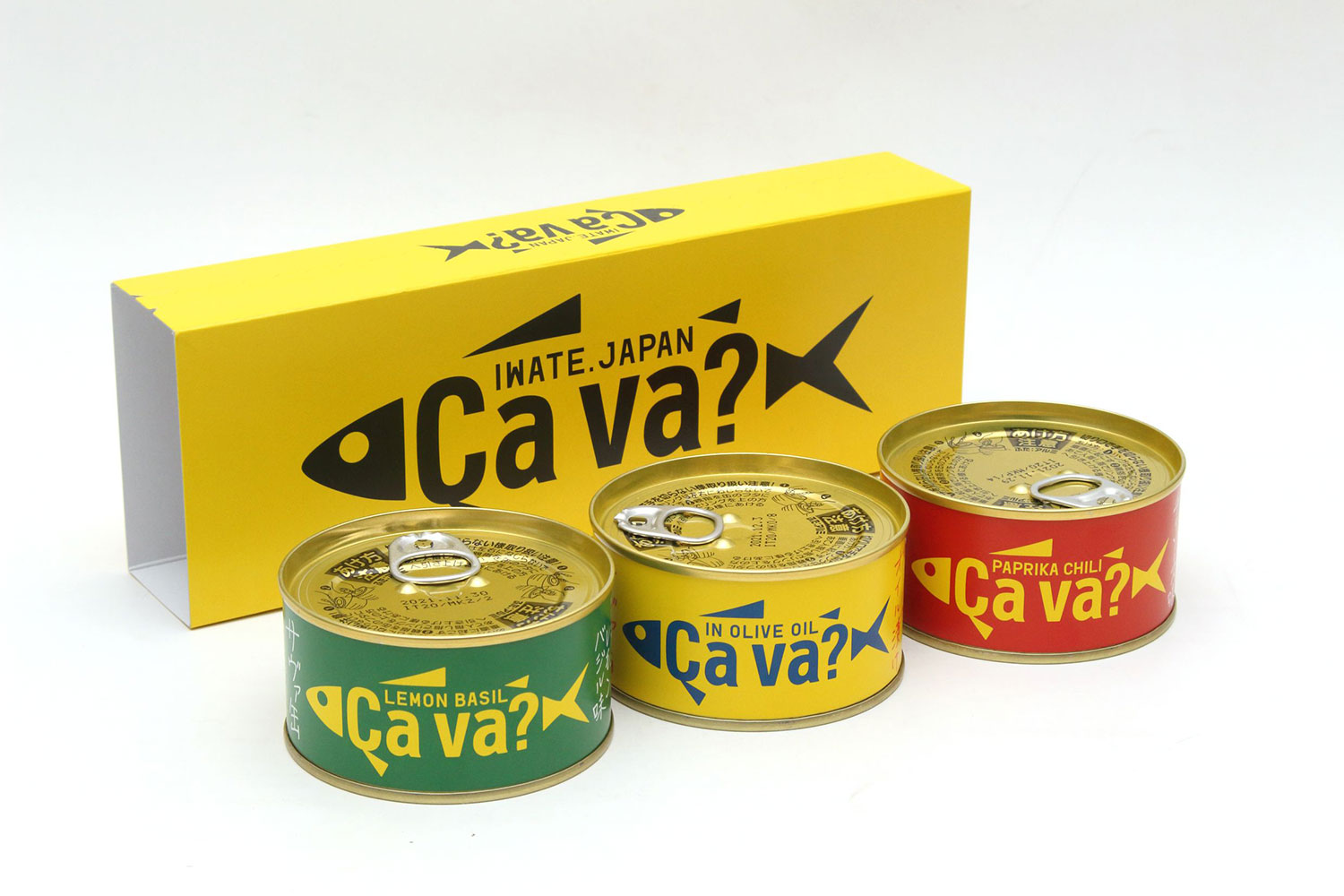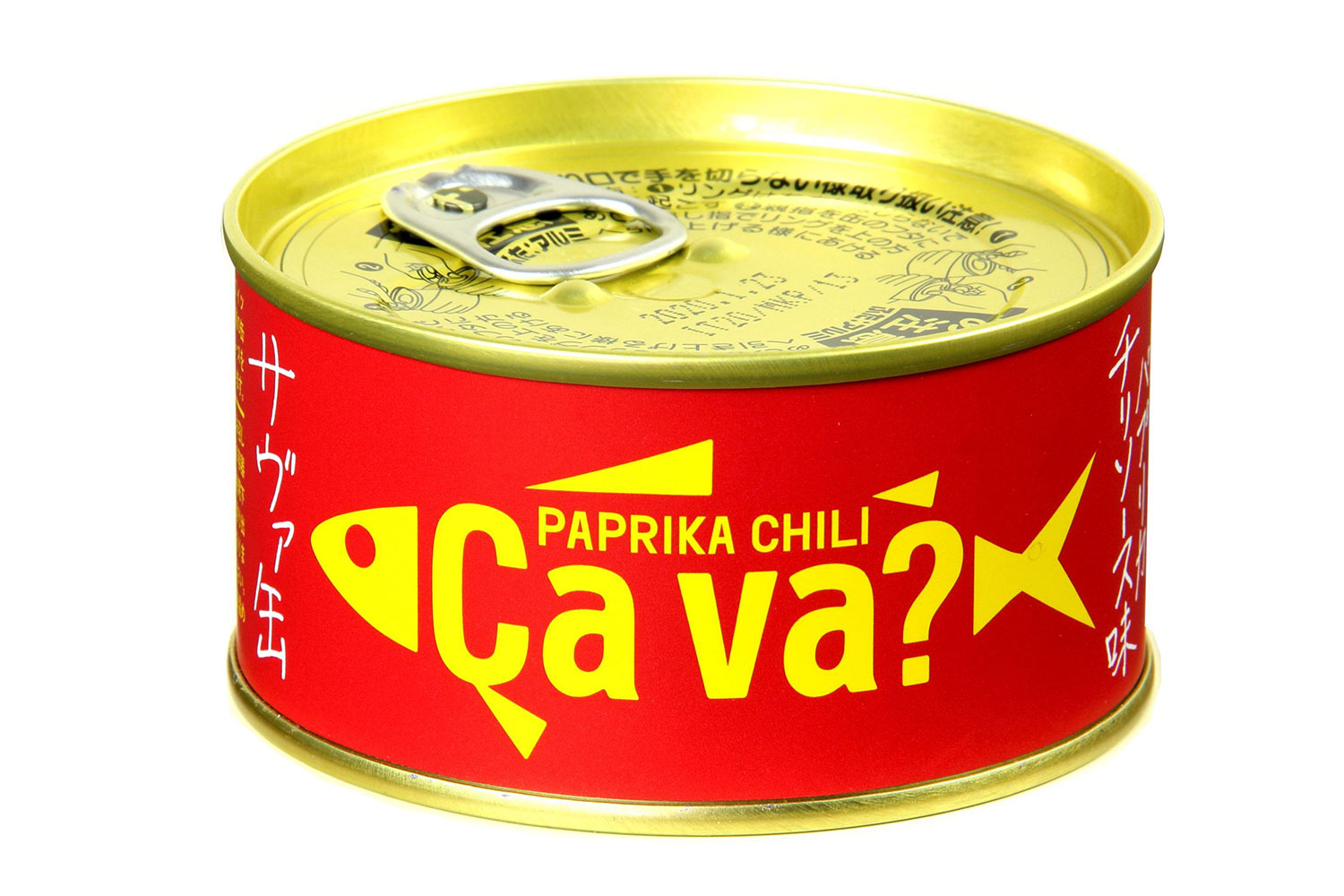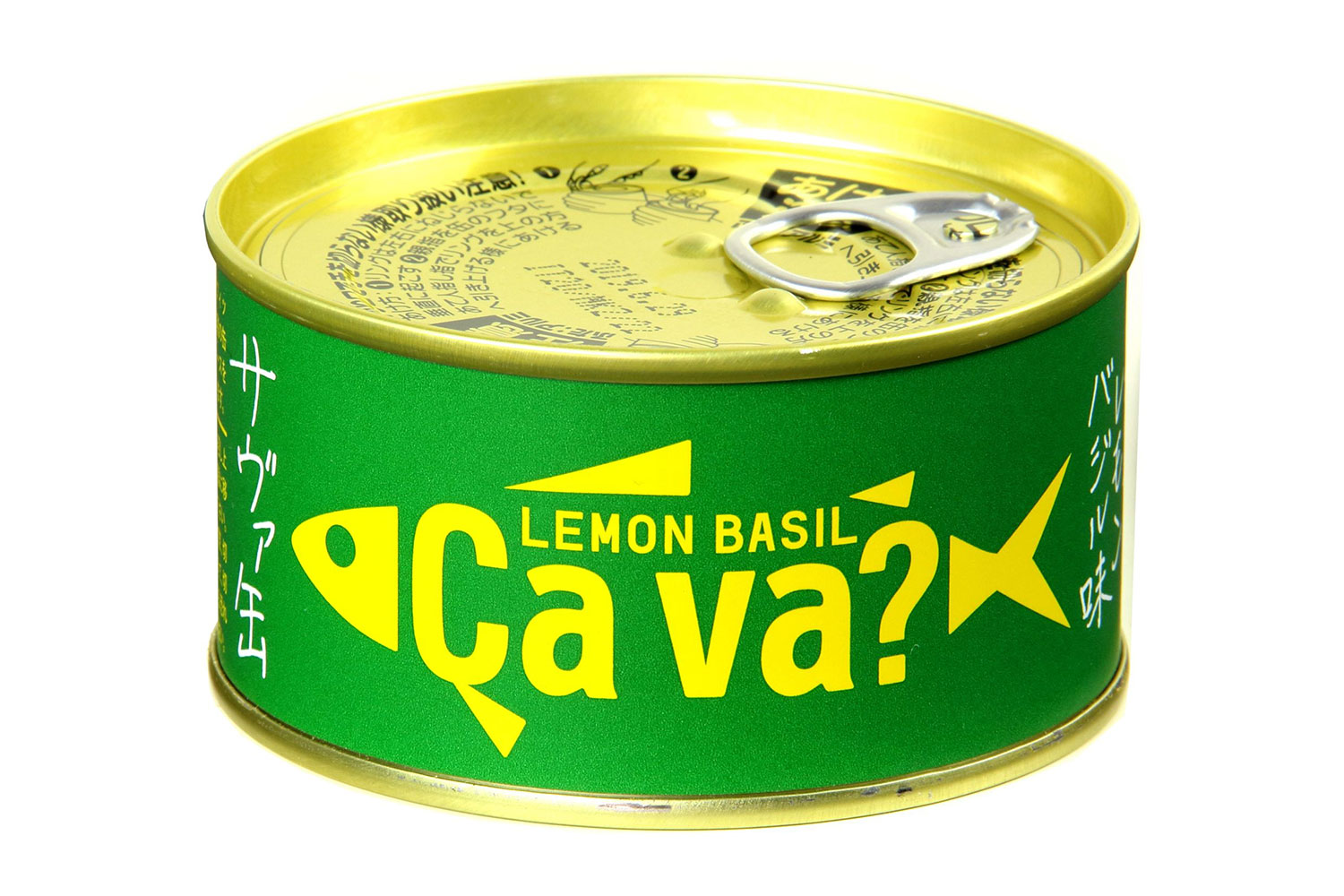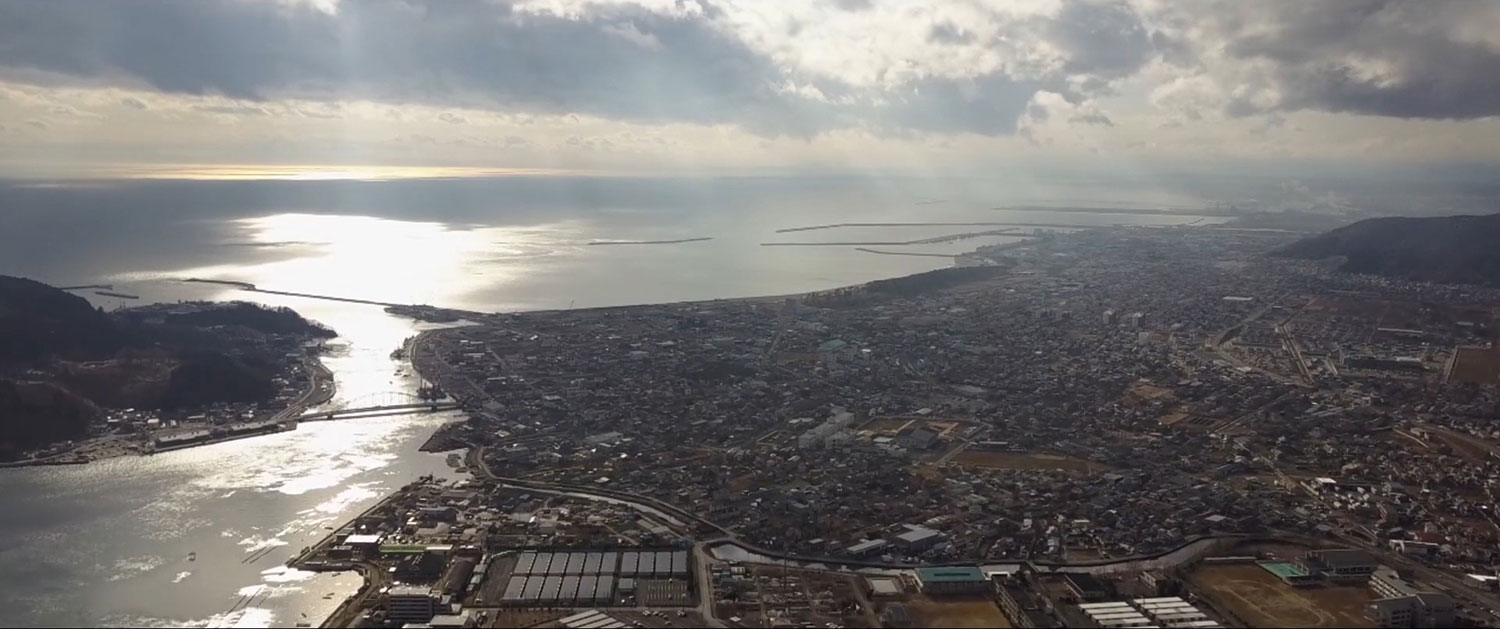
Sea

Ecosystem

Community
Developing a Game-changing Canned Mackerel Product, Selling at Quadruple the Price: A Smash Hit!
"Producers are heroes": Supporting the revival of disaster-affected fisheries while working toward true recovery
Higashi no Shoku no Kai
(Iwate Prefecture)
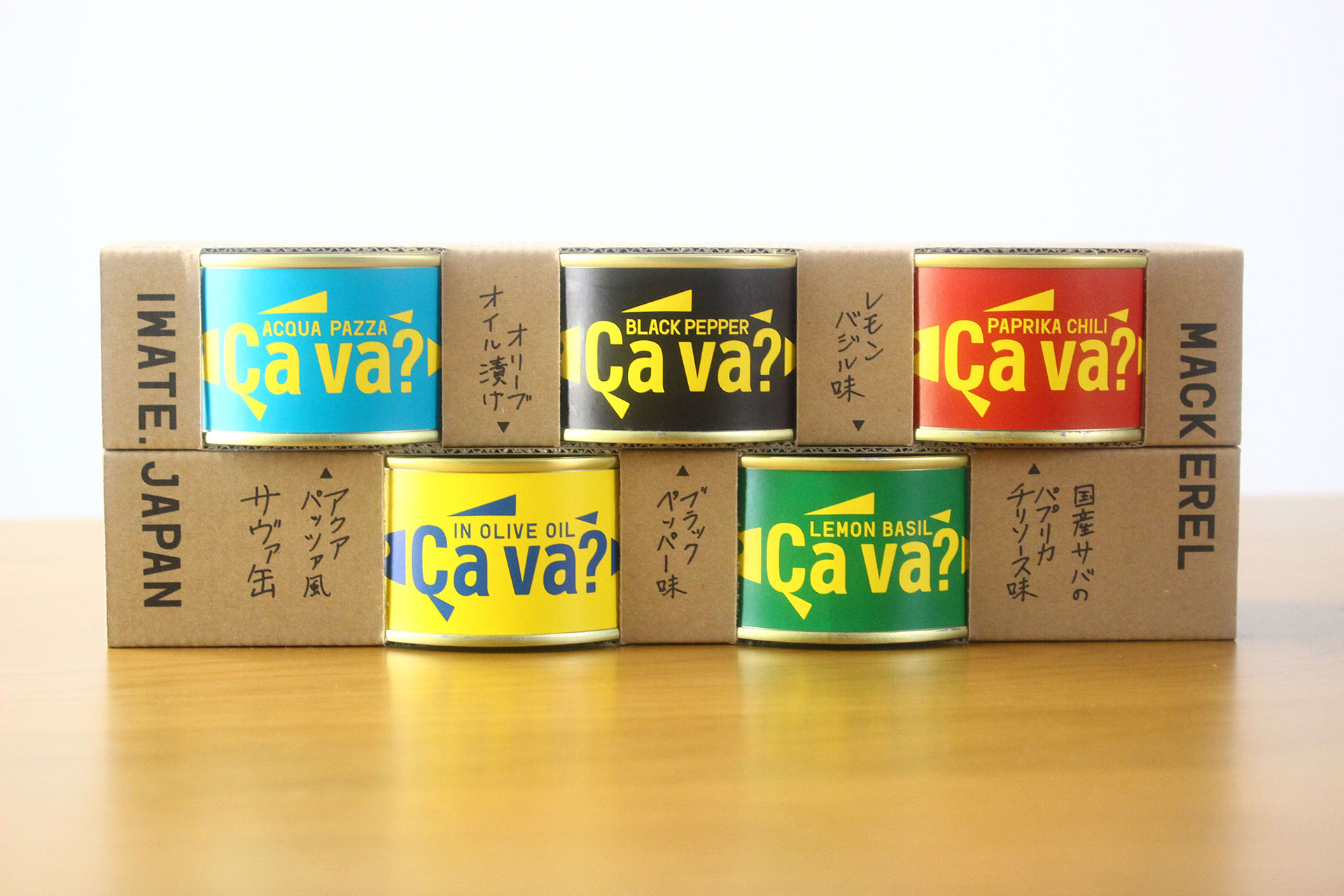
Overview
In September 2013, a canned mackerel product named “Ça va?” was developed in the disaster-stricken area of the Sanriku coast in Iwate Prefecture, Japan, bearing a French greeting meaning “How are you?” The pronunciation of “Ça va?” resembles that of the Japanese word for mackerel (“saba“), adding a playful touch to the product name. At a time when stylish canned seafood was rare in Japan, this high-quality canned mackerel in olive oil, featuring a bright yellow and blue design, was introduced under the name “Ça va?” at three to four times the price of regular canned mackerel.
The organization behind the product planning is the non-profit corporation Higashi no Shoku no Kai, which is dedicated to long-term support for the food industry in disaster-stricken areas. At the time, the food industry in these areas faced significant challenges due to the devastating effects of the 2011 Great East Japan Earthquake, along with the accompanying tsunami and nuclear disaster (with the looming threat of radiation contamination, resulting in a major decline of marketability). Recognizing this, Higashi no Shoku no Kai aimed not only to restore the fisheries industry, which had been declining even before the disaster, but also to revitalize and develop it by creating new value. As their first initiative, they collaborated with two food companies in Iwate Prefecture to develop the “Ça va?” can. By 2021, the product had become a hit, selling over 10 million cans (worth over three billion yen) in total.
Successful outcomes
- The sales volume of "Ça va?" cans, priced at approximately 360 yen per can (currently around 500 yen), reached one million cans by 2016, five million cans by 2019, and a cumulative total of 10 million cans by 2021.
- Various collaborations have been conducted, such as with musicians, anime productions, and companies promoting disability art, resulting in the release of specially designed products. Additionally, collaborations with other food companies have led to the sale of instant soups, pasta sauces, and snack foods using "Ça va?" mackerel.

True recovery: Beginning with the revival of industries
Established in June 2011, Higashi no Shoku no Kai embarked on reconstruction efforts, focusing particularly on the severely impacted fisheries industry. Mr. Daiju TAKAHASHI, the executive director who spearheaded the planning and branding of “Ça va?”, reflects on the sentiments of that time.

“The recovery of disaster-affected areas cannot be achieved through emergency assistance alone. It was necessary to revitalize industries over the long term. However, in Japan’s fisheries industry, the proportion of money that goes to producers within the final price is lower than in agriculture. It was not feasible to rebuild by selling the same products at the same prices as before the disaster. Instead, it was imperative to create new value and sell products at fair prices. We had to figure out how to sell mackerel in the can, previously sold at a final price of 95 yen, using mackerel from the Tohoku region at approximately three to four times the price. From there, we proceeded with the specific designs of the products.”
Mr. Takahashi collaborated with Akaoni Design, a leading design firm representing Tohoku, to advance the branding of the mackerel cans. They decided on the product name “Ça va?” to convey a message of resilience from the disaster-stricken areas to the rest of the country. They chose to use mackerel from the Tohoku region (now using Japan-wide mackerel due to declining catch volumes) with a Western-style seasoning. Their primary target customer was women, aiming to streamline cooking processes and position the product as a dietary option. Manufacturing was facilitated through a partnership with Iwate Kensan Co., Ltd., a local food wholesaler, which took on the responsibility of sales, and Iwate Kanzume Co., Ltd., a seafood processing company, entrusted with production. Higashi no Shoku no Kai provided product planning and design services free of charge, receiving production fees based on the volume of cans sold.

Despite later becoming a hit product, finding sales outlets for “Ça va?” cans was initially challenging, as products from disaster-affected areas were often avoided by the market. To overcome this, priority was given to spreading awareness of the brand’s existence. They hired PR professionals and actively approached the media to secure coverage. Simultaneously, they began selling directly to consumers through online shops. Eventually, with coverage from major media outlets and television, the “Ça va?” brand became available for sale in retail stores across Japan. As of 2024, there are five varieties of mackerel cans available (olive oil marinate, lemon basil flavor, paprika chili flavor, black pepper flavor, and acqua pazza-style).
Mr. TAKAHASHI states: “At Higashi no Shoku no Kai, we have never sold products by promoting them as symbols of recovery or support for disaster-affected areas. The producers are the heroes. We have always emphasized that they produce the finest ingredients and that the best manufacturers create the most-delicious products.”
Since 2016, Higashi no Shoku no Kai has focused its efforts on Fukushima, where recovery has been particularly challenging due to the impact of the 2011 nuclear accident. Mr. Takahashi himself relocated to Namie Town in Fukushima and established the non-profit organization, NoMA Lab, dedicated to community development and creating business to address social challenges in Namie.
"Ça va?" cans
Higashi no Shoku no Kai
https://www.higashi-no-shoku-no-kai.jp/

